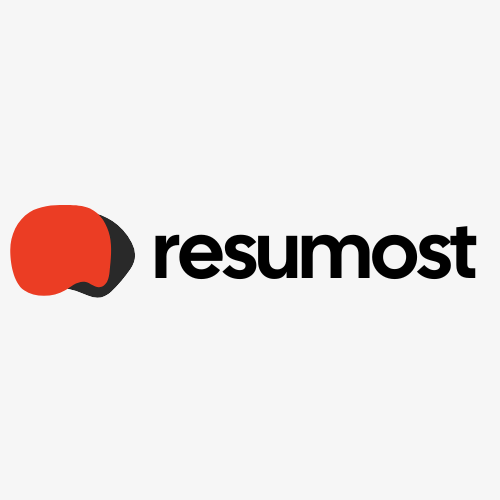The Complete Work Experience Playbook
Ready to turn work experience into a real career opportunity? This guide walks you through every step, from finding the perfect placement to making a lasting impression that gets you noticed.
Phase 1: How to Land the Perfect Placement
Finding the right opportunity is the crucial first step. It requires a blend of smart research, networking, and a standout application.
Start with a Plan, Not Just a Search
Before you start firing off emails, take a moment to think. What do you really want to get out of this experience?
- What industries fascinate you? Think about tech, marketing, healthcare, non-profits, or trades.
- What skills do you want to develop? Are you hoping to learn coding, content creation, project management, or customer relations?
- What kind of company culture fits you? Do you thrive in a fast-paced startup environment or a more structured corporate setting?
Answering these questions helps you create a target list of companies, making your search focused and more effective.
Tap Into Your Hidden Network
Your network is bigger than you think. Don't be shy about leveraging your connections—it's how a huge number of opportunities are found. Reach out to:
- Family and friends
- Teachers, professors, and career advisors
- People you know from sports teams, clubs, or volunteer groups
Simply let them know you're actively seeking work experience in a specific field. A casual conversation can often lead to a direct introduction or a valuable lead.
Make Your Application Unforgettable
This is your first impression, so make it count. Since you might not have extensive work history, your application should focus on your potential, passion, and transferable skills.
Your cover letter should be a personal, enthusiastic pitch explaining why you’re interested in their company and what you hope to learn. For your resume, highlight skills from academic projects, part-time jobs, or extracurricular activities. Think about communication, teamwork, problem-solving, and time management.
Even with limited experience, a professional format is key. If you're unsure how to structure your accomplishments, using a tool like a resume builder can help you craft a polished document that gets you noticed.
Phase 2: How to Thrive During Your Placement
You got the placement—congratulations! Now, the real work begins. Your goal is to be memorable for all the right reasons.
Show Up Ready to Absorb Everything
Think of yourself as a sponge. Your primary job is to listen, observe, and learn.
- Do Your Homework: Arrive on day one with a solid understanding of what the company does.
- Be Punctual and Professional: Being on time, dressed appropriately, and maintaining a positive attitude is non-negotiable.
- Ask Smart Questions: Don't be afraid to ask for clarification, but try to find answers yourself first. Show that you’re thinking critically. A great question to ask your supervisor is, "What does a successful week look like in this role?"
Be Proactive, Not Passive
The people who stand out are the ones who show initiative. Don't just wait to be given tasks.
- Master the Small Stuff: Whether it's making coffee, organizing a spreadsheet, or taking notes in a meeting, do it with 100% effort. Reliability on small tasks builds trust for bigger ones.
- Use the Magic Phrase: "Is there anything I can help with?" This simple question shows you’re eager and engaged.
- Listen for Opportunities: Did you overhear the team talking about a project that interests you? Show your interest and offer to help in any way you can, even if it's just research.
Build Bridges, Not Just a Portfolio
Work experience isn't just about the work; it's about the people. Take the time to connect with your colleagues. Ask them about their career paths, what they enjoy about their job, and for any advice they might have. People are usually happy to share their stories, and these conversations can lead to mentorship and future opportunities.
Phase 3: Turning Experience into Your Next Opportunity
How you finish your placement is just as important as how you start. A strong exit can solidify the positive impression you’ve made and keep the door open for the future.
The Graceful Exit
On your last day, make sure to thank your supervisor and the team members you worked with. Express your gratitude for the opportunity and mention one or two specific things you learned or enjoyed.
The Power of a "Thank You"
Within 24 hours of finishing, send a personalized thank-you email to your direct supervisor. Reiterate your appreciation, mention a key takeaway, and express your interest in staying in touch. It’s a small gesture that leaves a lasting professional mark.
Stay Connected (The Right Way)
Connect with your supervisor and colleagues on LinkedIn. This is a professional and unobtrusive way to stay on their radar. You've worked hard to build these relationships—now you can maintain them as you continue to build your career. This experience is your launchpad, and you've earned it.
© 2026 Resumost.
We love that you're reading our work! Please note that this content is our own. If you'd like to share or re-post it, please reach out to us for permission first. Unauthorized scraping of this site is not permitted.

The Resumost Team
Resumost instantly creates a compelling, professional letter based on your newly tailored resume and the specific job you're targeting.
